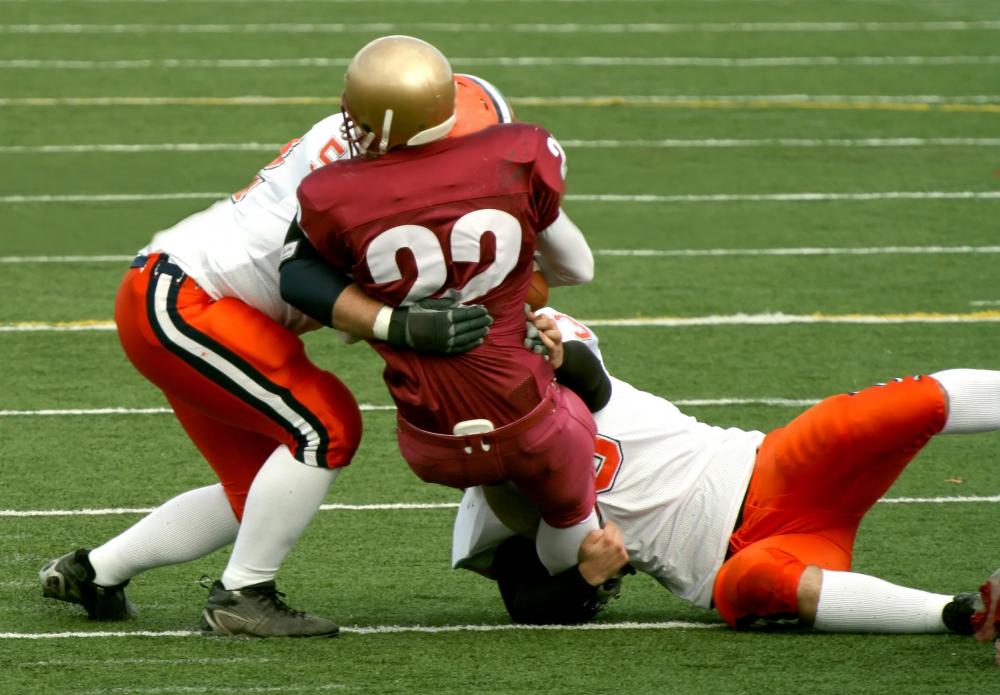At WiseGEEK, we're committed to delivering accurate, trustworthy information. Our expert-authored content is rigorously fact-checked and sourced from credible authorities. Discover how we uphold the highest standards in providing you with reliable knowledge.
What is Head Injury Management?
Head injury management is a course of care for a patient with a head injury from the time that the injury is acquired to the time that the patient receives a clean bill of health from a neurologist. Head injuries are initially very dangerous for patients and they can also be accompanied with secondary damage that occurs in the wake of the original injury. Most hospitals and other clinical facilities have a head injury management plan so they can treat patients appropriately. Such plans include education and outreach to paramedics and other first responders so they can offer immediate care on scene.
With head injury management, the first goal is to stabilize the patient. This includes monitoring blood pressure and providing fluids if needed, keeping track of the patient's heart rate and airway and offering interventions like intubation if they become necessary, as well as constantly reassessing the patient for signs of complication from the injury. Providing care quickly and treating the patient as though he or she is already incurring secondary injuries caused by bleeding in the brain and other trauma improves outcomes by addressing problems before symptoms even start to appear.

In a clinical setting, a patient can be monitored with cranial pressure monitors and other devices. Imaging studies are used to see what is going on inside the skull and to check for signs of bleeds. Treatments like surgery can be provided if they are needed. Care is offered under the supervision of a neurologist and patients are closely watched for signs of complications that might indicate that the patient is developing secondary injuries.

As a patient improves in the clinical setting, head injury rehabilitation can be provided. Some patients may make a full recovery without the need for rehab. Others may need to relearn some skills and work with a counselor. For severe head injuries, a patient may require lifelong hospitalization, supportive therapy, and other treatments. Frequent assessments are critical to keep track of patient progress and to identify changes in a patient's status that would warrant a new approach to treatment.

Recovery from a head injury can be a lengthy process. Head injury management plans set out the various steps along the way and provide a mechanism for offering standardized care of consistently high quality. Whether someone has a concussion from an accident on the sports field or requires brain surgery after an accident, there are protocols in place for head injury management to handle caring for the patient along the way.
AS FEATURED ON:
AS FEATURED ON:
















Discuss this Article
Post your comments